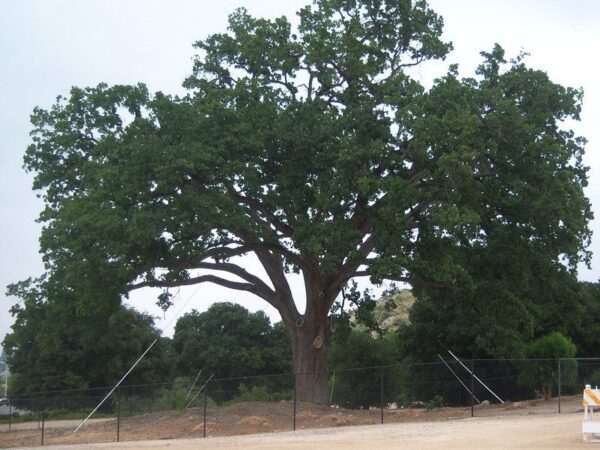By Jose Herrera
Despite major investments in housing and intervention programs, the number of people experiencing homelessness in the Los Angeles area continues to climb, with results of the most recent count released Thursday showing a 9% year-over-year increase in homelessness in the county, and a 10% jump in the city.
According to the results of the point-in-time count conducted in January, there were 75,518 people experiencing homelessness in the county, and 46,260 in the city of Los Angeles.
That’s up from 69,144 in the county last year, and 41,980 in the city.
The figures continue a steady climb in the number of Southland homeless people over the last five years. In 2018, there were 52,765 homeless counted in the county, and 31,285 in the city.
“These results are disappointing,” Los Angeles County Board of Supervisors Chair Janice Hahn said in a statement. “It is frustrating to have more people fall into homelessness even as we are investing hundreds of millions of taxpayer dollars and resources into efforts to bring people inside. I appreciate the cities that have stepped up and supported solutions, but these numbers prove that solutions-oriented cities are too few and far between.
“I hold out hope that the new partnership between the county and city of Los Angeles will make a difference and help us more effectively address this crisis. 2023 needs to be a watershed year for us where we turn these trends around.”
The Los Angeles Homeless Services Authority, a joint powers authority coordinated by both the city and county of Los Angeles, coordinated the count, which was conducted between Jan. 24-26 across the county.
Volunteers worked in groups of four to count the number of unsheltered individuals, tents, vehicles and makeshift shelters in their census tract.
In a press conference Thursday morning, CEO of LAHSA Va Lecia Adams Kellum stated the homeless count results “tell us what we already know — that we have a crisis on our streets, and it’s getting worse.”
“The important thing to take away from today is that for the first time, the city, county and LAHSA are moving with urgency to house the people living in our streets,” she added.
The rise in the county’s homeless population coincides with increases in major cities across the United States, officials said.
Chicago and Portland saw double-digit increases of 57% and 20%. Several Southern California counties experienced increases larger than Los Angeles, including San Bernadino, 26%; San Diego, 22%; Kern, 22%; and Riverside, 12%.
The number of unhoused people in interim housing held steady at 20,363 — the rise in the number of people experiencing unsheltered homelessness coincided with the overall increase in the point-in-time count.
According to the data, Black people experience homelessness at a rate far greater than their prevalence in the population. Additionally, Latinos are the single largest group experiencing homelessness making up over 42% of the population.
Approximately 30% of unhoused people self-reported experiencing substance use disorder and 25% of unhoused people self-reported experiencing a serious mental illness.
Mayor Karen Bass and County Supervisor Lindsey Horvath joined Kellum and discussed how they are addressing unsheltered homelessness.
“The data gathered in January represents the crisis our city faces,” Bass said in a statement. “The challenge before us is vast but we will continue to work with urgency to bring Angelenos inside.”
“We must sustain our momentum by locking arms with leaders at every level of government as we confront this crisis as the emergency that it is.”
Horvath reaffirmed their commitment to work together and tackle the homelessness crisis.
“Today’s announcement confirms why we are in a state of emergency: more Angelenos continue falling into homelessness than we are able to house,” Horvath said.
“Over the last six months, we have proved that our unified approach is connecting more people to housing and services. Now we must address the root cause of homelessness by investing in families; working to make housing more affordable; and, most importantly, keep people in the places they already call home.”
Bass previously announced that in the first six months of her administration, more than 14,000 people moved from LA’s streets to interim or permanent housing, with more than 4,300 obtaining permanent housing.
LAHSA officials noted that the point-in-time count does not reflect efforts to bring unhoused people inside by the city and county of Los Angeles.
Bass said the numbers reinforce the reality that more work to end unsheltered homelessness lies ahead.
In January, LAHSA officials stated that the one-time federal pandemic assistance programs ending could lead to more housing insecurity and fewer resources for rehousing systems to respond.
A recent study by UC San Francisco’s Benioff Homelessness and Housing Initiative cited unaffordable rents as the leading cause of homelessness among Californians, with half of the study participants saying they received a five-day or fewer warning before losing their homes.
The city and county are on track to create approximately 8,200 affordable homes this year, but leaders recognize the need for more affordable housing.
Measure ULA and the upcoming LA County Affordable Housing Solutions Agency can potentially further help people stay in their homes and increase affordable housing development, Bass and Horvath noted in their remarks.
LAHSA reported that it made 22,540 placements in 2022 in coordination with its partners.
The annual count began in 2016 to provide the county with analysis and trends of people experiencing homelessness, and to provide a blueprint for distributing homelessness program funds.
Updated June 29, 2023, 12:03 p.m.







